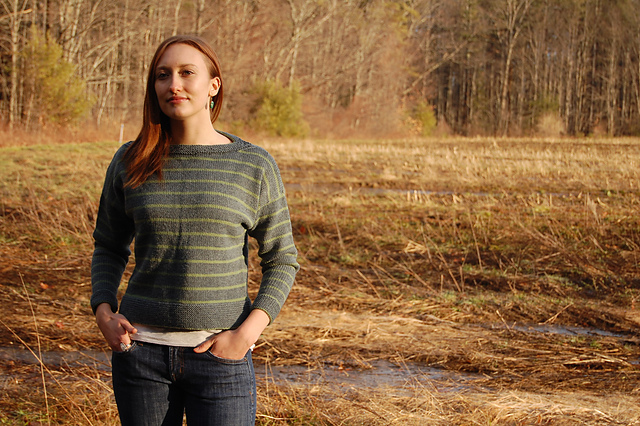Before I get started with this fortnight's edition, I wanted to talk a little bit about where I'm hoping to take this next, based on the afore-mentioned conversations. I'm currently on the waiting list to get a Ravelry API key, which should help me automate this process a little further and therefore enable more categories to be added. On the list of things I'll tackle (as soon as I figure out what the heck I'm doing with an API key!) is free vs. free for a limited time vs. paid; using the designer's chosen attributes to define the garment type; 'industry' publications vs. self-publications; and a few others. A big one is also tracking the same categories on "recently published", and seeing what percentage of that day's published patterns actually make it onto the first page. I'll be incorporating these things over time, but stay tuned--I think they'll be great additions to the current information.
So, without further ado, on to this fortnight's Edition!
There were a few big events in the last couple weeks that affected the data; on March 13th the preview photos for the new issue of Knit.Wear were added to Ravelry. The items from this issue that made the first page were predominantly sweaters and vests, with a pretty even mix of stockinette, lace, and textured stitches. This issue also featured a tilt towards solid yarns, which you'll see in the graphs below. On March 18th, previews for Amy Herzog's new book Knit to Flatter went up on Ravelry; Amy's focus on figure-flattering garments meant that again, the first page skewed to sweaters, with a good blend of stockinette, lace, cables, and texture, and an even distribution of solid and semi-solid yarns. However, the general trend is still for shawls/scarves/wraps and lace. Here's the full breakdown:
You can see the dips in shawls/scarves/wraps on the 13th and the 18th concurrent with spikes in cardigans and pullovers, but there is otherwise a continual up-tick in neck accessories. This is a continual steady increase from the last edition as well. Other garment types showed minor changes only, with sweaters falling slightly despite the big spikes and cowls and socks rising.
Yarn type stayed relatively constant through the two weeks, with some switches between solids and semi-solids as Knit.Wear, predominantly solids, moved out and the general self-publishing focus, mostly semi-solids, came back. There was a large spike in two-color projects during the 3/22 AM collection, but the items seemed to come from multiple different sources (new patterns, forum threads, and, memorably, a promise involving bacon and Amy Singer's sister) rather than a single impetus or thread.
Fabric type saw relative consistency over the time period with the exception of lace's gradual rise. The spike in colorwork on 3/22 reflects the 2-color patterns discussed above, and the cable spike on 3/18 is due to Knit to Flatter. I think it's interesting to note that book publications have much more of a mix of fabric types, including those such as cables which might not be as seasonally popular. Magazines and self-publishing, however, can reflect more seasonal changes, focusing on more specific types of fabric and causing down-turns in others (the 3/13 dip in cables is due to the other types of fabric being showcased heavily in Knit.Wear). I'll be watching this closely in regards to other books when they hit the market.
I added a few other categories to the Model Type discussion: shown flat, shown on a dressform, or a mystery knit-a-long that uses a placeholder image rather than an image of the garment. There was a slight down-turn in modeled garments over the time period, with spikes for Knit.Wear and Knit to Flatter. Modeled garments did indeed follow the formula from last time of dipping during the weekend on 3/16-3/17, but not on 3/23-3/24. Garments shown flat also had a slight rise over the two weeks, with quite a few shawls being displayed this way.
Color was an interesting one this time around; instead of the calm neutrals we saw last time, there was a distinct rise in blues, greens, oranges, and a continued rise in reds. Knit.Wear's color story was relatively muted, with neutrals and pale, cool shades well-represented, while Knit to Flatter had representatives of most of the color spectrum in brighter, vivid tones. However, the most interesting thing for me over the last few days has been the sudden burst of orange--coming from nearly non-existent over the previous few weeks, there have been at least four or five garments in it every time over the last four or so days. Are these color spikes an indication that the more vivid colors of summer are on their way?
I also wanted to take a little look back over the last month in total to see if there was follow-through in trends from last time to this. Red and blue both continue to climb steadily, projects with more than one color have made steady upward progress, and shawls continue forward. Traditional sweaters are dipping, but tanks and vests are climbing with warmer weather in the Northern hemisphere on its way (hopefully). Where do you see the next two weeks going?
















